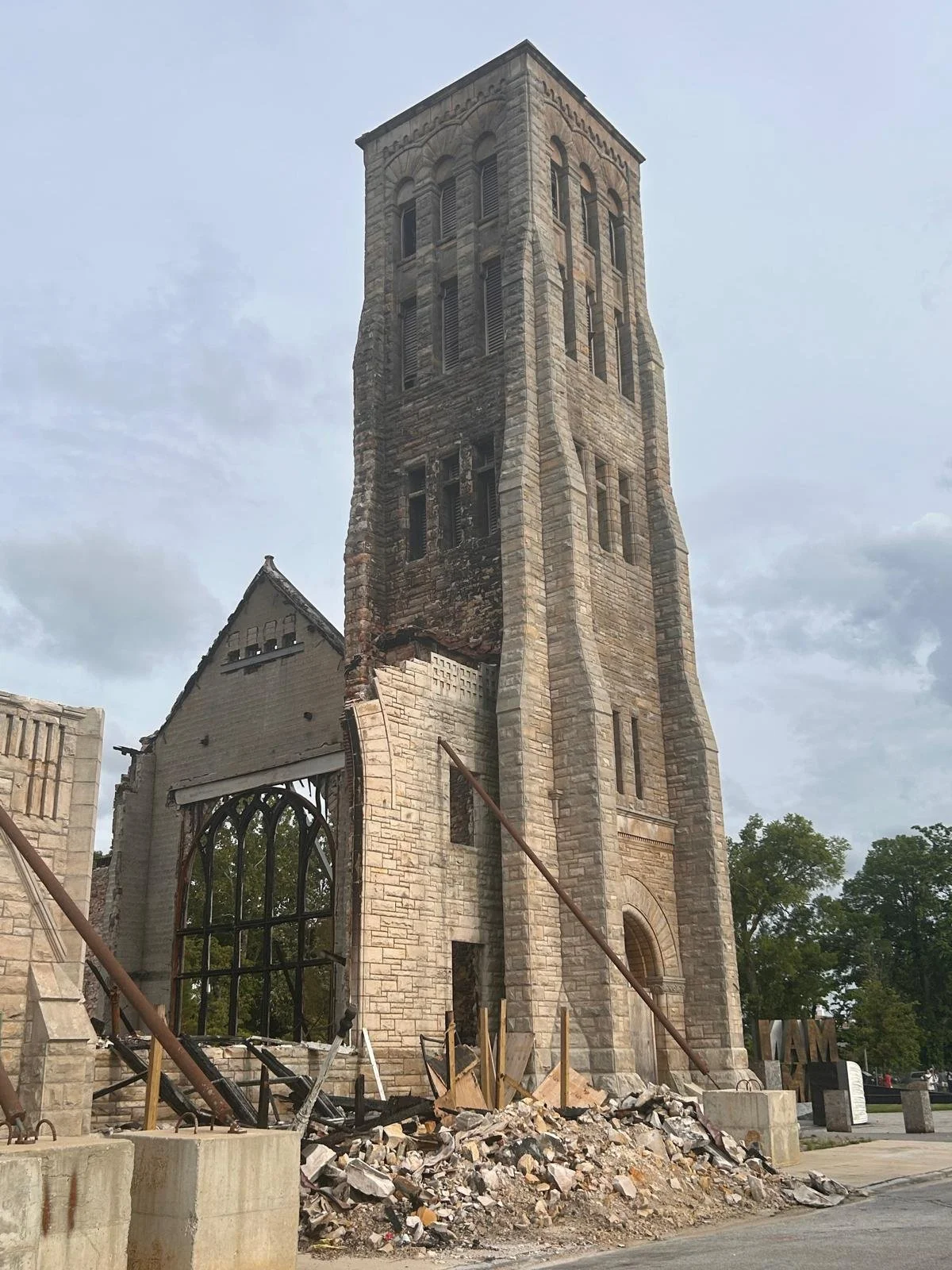Introducing The Big We
We are excited to reveal our first PDPX project with The Big We, a Memphis-based organization that leverages culture to shift communities' understanding of what is possible and unlock opportunities for healing and abundance. Through its "Restorative Development" model, The Big We harnesses storytelling and placemaking to unlock pathways to economic innovation, social transformation, and environmental resilience.
Anasa Troutman, The Big We’s founder, is the beating heart of this organization. If you don’t know her name, remember it, because soon the whole world will.
Our organizations found each other through a shared commitment to community-driven, place-based strategies, crafted through deep cross-sectoral collaboration and designed for replication at system scale. While The Big We is rooted in Memphis, its visionary model holds promise for transforming structurally excluded communities across the state, region, and nation.
At the heart of this collaboration is the integration of culture, capital, and community. Culture is the lever through which The Big We shows communities what is possible so that they can come together to bring Dr. Martin Luther King, Jr.’s vision of Beloved Community to life. This culture-first approach creates conditions for community ownership and sustainable economic development, with rebuilding Clayborn Temple as the immediate focus and anchor project from which further community revitalization will spring.
Reimagining Clayborn
Clayborn Temple was the headquarters of the 1968 Sanitation Workers Strike, where 1,300 workers organized, brandishing the iconic "I AM A MAN" signs in their quest for dignity, safety, and fair wages. The workers' call for economic and social justice aligned with Dr. King's expansive vision of civil rights, drawing him to Memphis where he faced his untimely death by assassination.
The reconstruction will embody The Big We's four pillars of Restorative Development:
Art & Cultural Preservation
Public Health & Safety
Environmental Sustainability
Community Ownership & Economic Development
This integrated approach recognizes the through line between sustainability and security—that prosperity creates pathways to stability and peace, both from inside the community and from outside forces.
From Ashes to Action
On April 28th, 2025, the Historic Clayborn Temple was largely destroyed by an act of arson. For many, watching this National Treasure at the center of American history reduced to ashes would signal the end of a story. But just as Dr. King's work could not be stopped by his murder, the unconscionable violence perpetrated against Clayborn has only emboldened a movement to build something even more incredible – a physical embodiment of what is possible, not just for Memphis, but the world.
This isn't a story of endings… it's a story of beginnings. When tragedy strikes communities already facing structural underinvestment, the response reveals everything about their underlying strength, vision, and capacity for transformation. The fire at Clayborn became a catalyst, focusing years of community development work into a singular moment of possibility. This is how tragedy becomes opportunity when community, vision, and partnership converge.
Rather than derailing The Big We's community revitalization goals, the fire has propelled them. Restoring Clayborn after the fire—infusing stories, innovation, and safety into its very bones—will be a physical manifestation of the neighborhood transformation happening alongside its rise from the ashes. PDPX is collaborating with The Big We to integrate green solutions into the reconstruction, creating a blank slate opportunity to design resilience into every aspect of the building's (and community’s) future.
Transformation Through Partnership
The restoration of Clayborn represents more than rebuilding—it's about creating a shared space that nourishes, engages, educates, empowers, and inspires individuals to reimagine their relationship with themselves, each other, and the planet.
The temple's rebuilding balances honoring its historical significance while embracing forward-looking sustainable practices that can be replicated throughout Memphis and beyond. This physical space will demonstrate how preservation, sustainability, and economic opportunity intersect to create lasting community impact—especially when born from community resilience in the face of tragedy.
PDPX’s collaboration with The Big We on restoring Clayborn will serve as proof of concept for how the restoration and activation of existing buildings can provide powerful opportunities to restore entire neighborhoods, bringing economic and cultural development opportunities to current and future residents. The phoenix metaphor isn't just symbolic—it is a literal community development strategy, where one transformative project pulls up the entire surrounding area.
The model emerging from Clayborn's reconstruction will offer replicable frameworks for communities anywhere facing disruption, displacement, or disaster, demonstrating how cultural and economic shifts grounded in community imagination can create lasting transformation.
What begins as the integration of green and safety solutions in the redesign of this historic landmark will reverberate out into programs across Memphis and beyond. This is just the beginning.
Join us on this transformational journey. Follow the project's progress and learn how to get involved in this historic rebuilding effort that's creating a physical embodiment of what is possible, not just for Memphis, but for the world.




